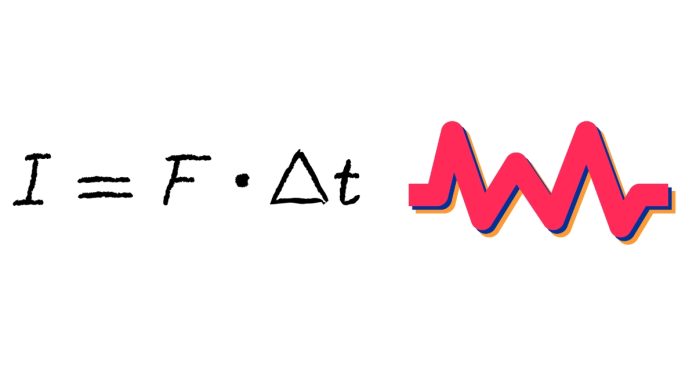What Are the Units for Impulse?
Impulse is a fundamental concept in physics, and understanding its units helps us better grasp its role in describing motion and force. Let’s dive into what impulse is and how its units are defined.
What Is Impulse?
Impulse is defined as the product of force (Τ) and the time duration (∆t) over which the force is applied. Mathematically, it is expressed as:
Impulse=F×Δt\text{Impulse} = F \times \Delta t
Alternatively, impulse can also be viewed as the change in momentum (∆p) of an object:
Impulse=Δp\text{Impulse} = \Delta p
This dual definition highlights its connection to both force and motion.
Units for Impulse
Since impulse is the product of force and time, or equivalently the change in momentum, its units are derived as follows:
- Force (F) is measured in newtons (N), where: 1 N=1 kg⋅m/s21 \text{ N} = 1 \text{ kg} \cdot \text{m/s}^2
- Time (∆t) is measured in seconds (s).
Multiplying these together gives the unit of impulse:
Impulse units=N⋅s=kg⋅m/s\text{Impulse units} = \text{N} \cdot \text{s} = \text{kg} \cdot \text{m/s}
Thus, the standard unit for impulse is kg·m/s.
Why Are These Units Important?
Impulse and momentum share the same units because they are directly related. Understanding impulse in terms of its units allows us to:
- Analyze collisions and impacts.
- Measure how forces change the motion of objects over time.
- Solve problems in mechanics where force is applied for a finite duration.
Final Answer
The units for impulse are kg·m/s, a measure that encapsulates the effect of force applied over time on an object’s motion. Recognizing this helps bridge the concepts of force, time, and momentum in physics.


